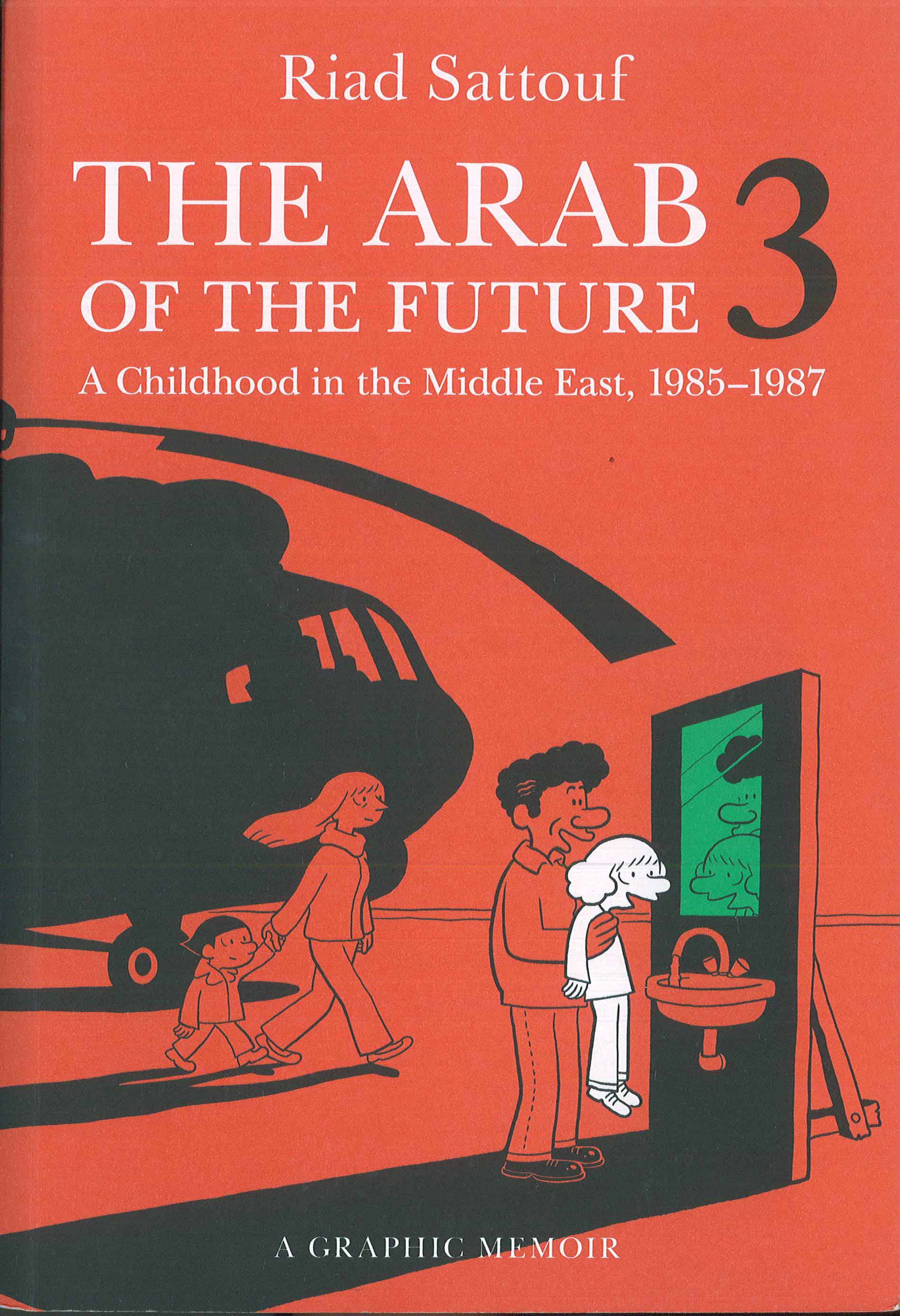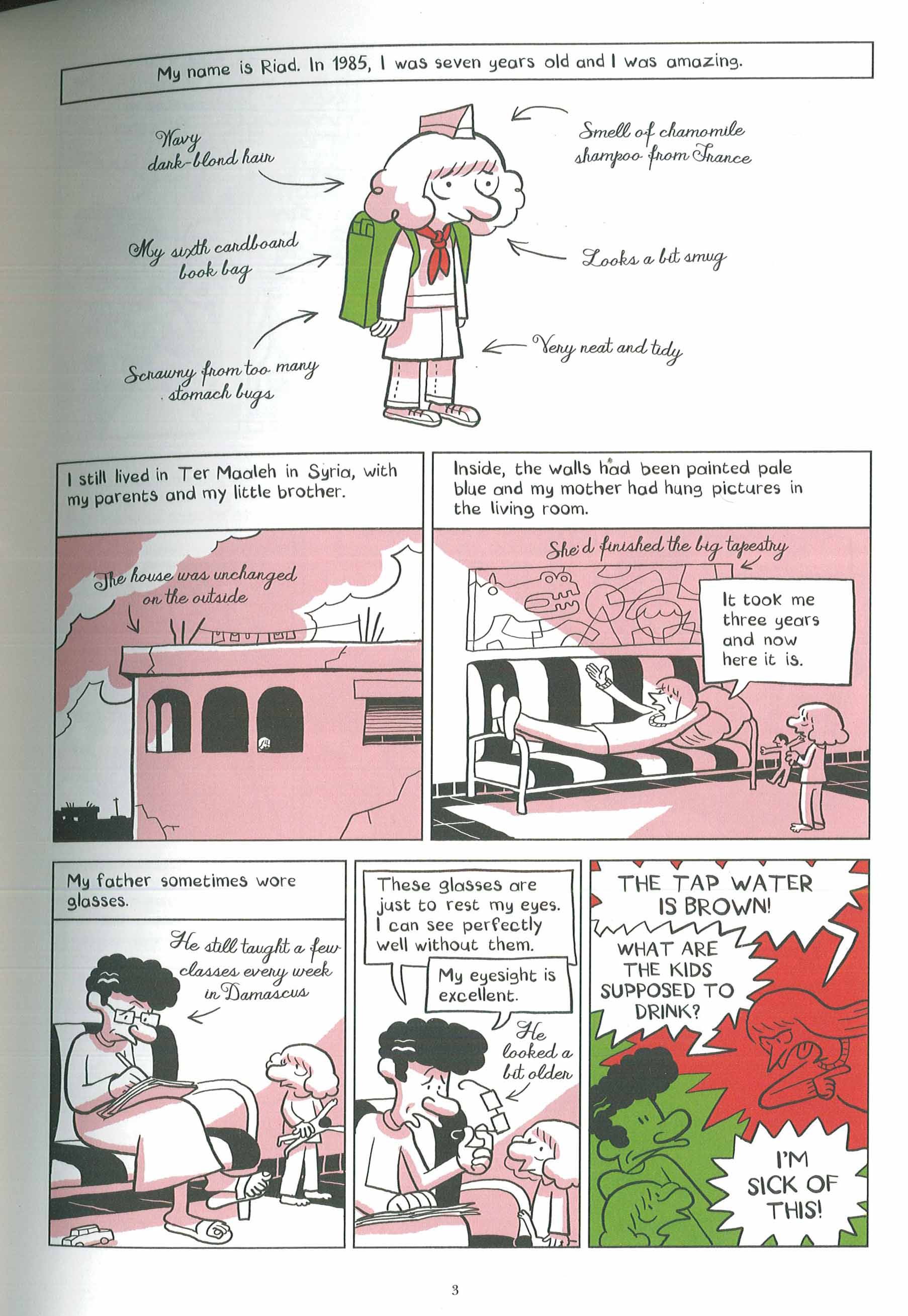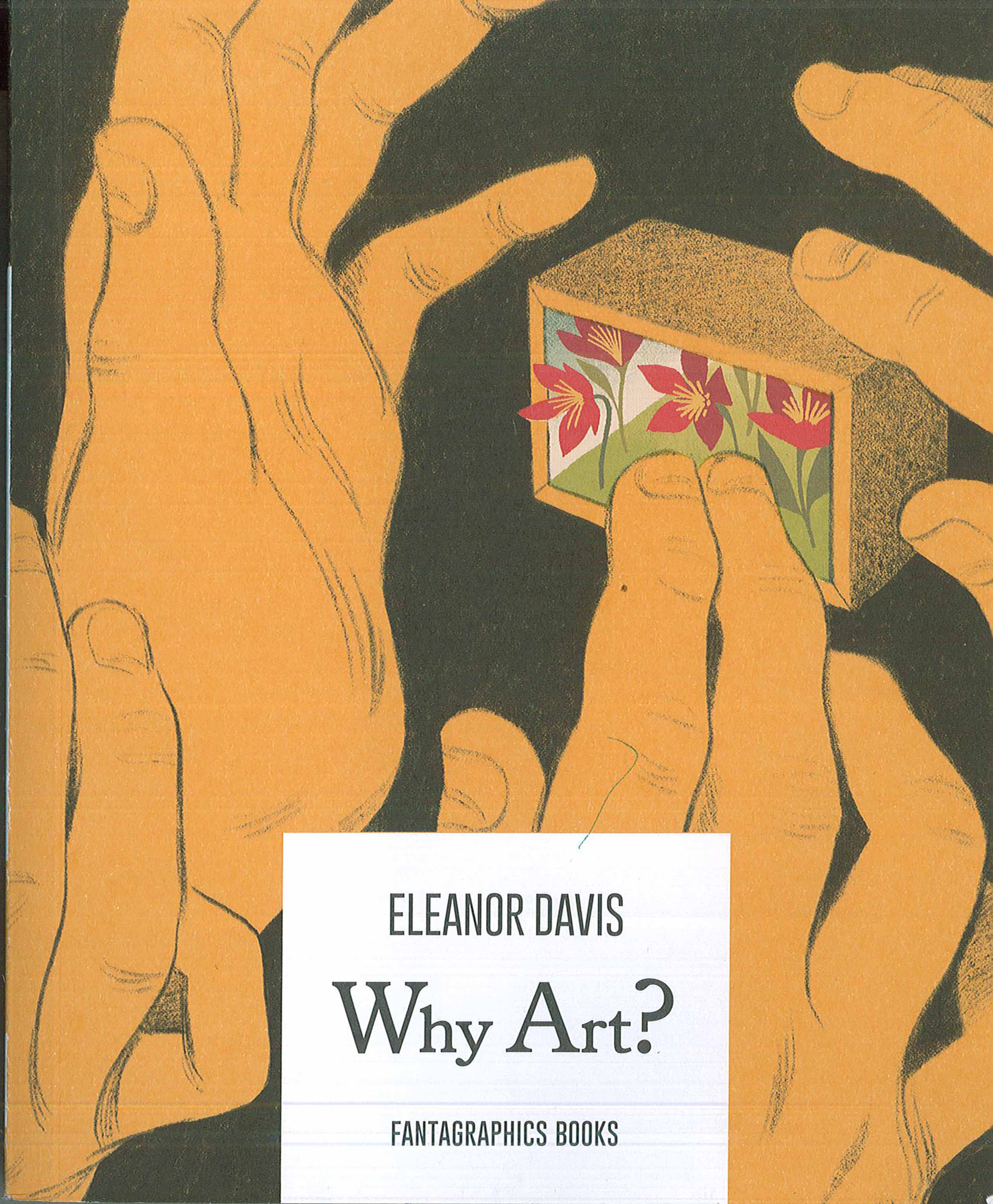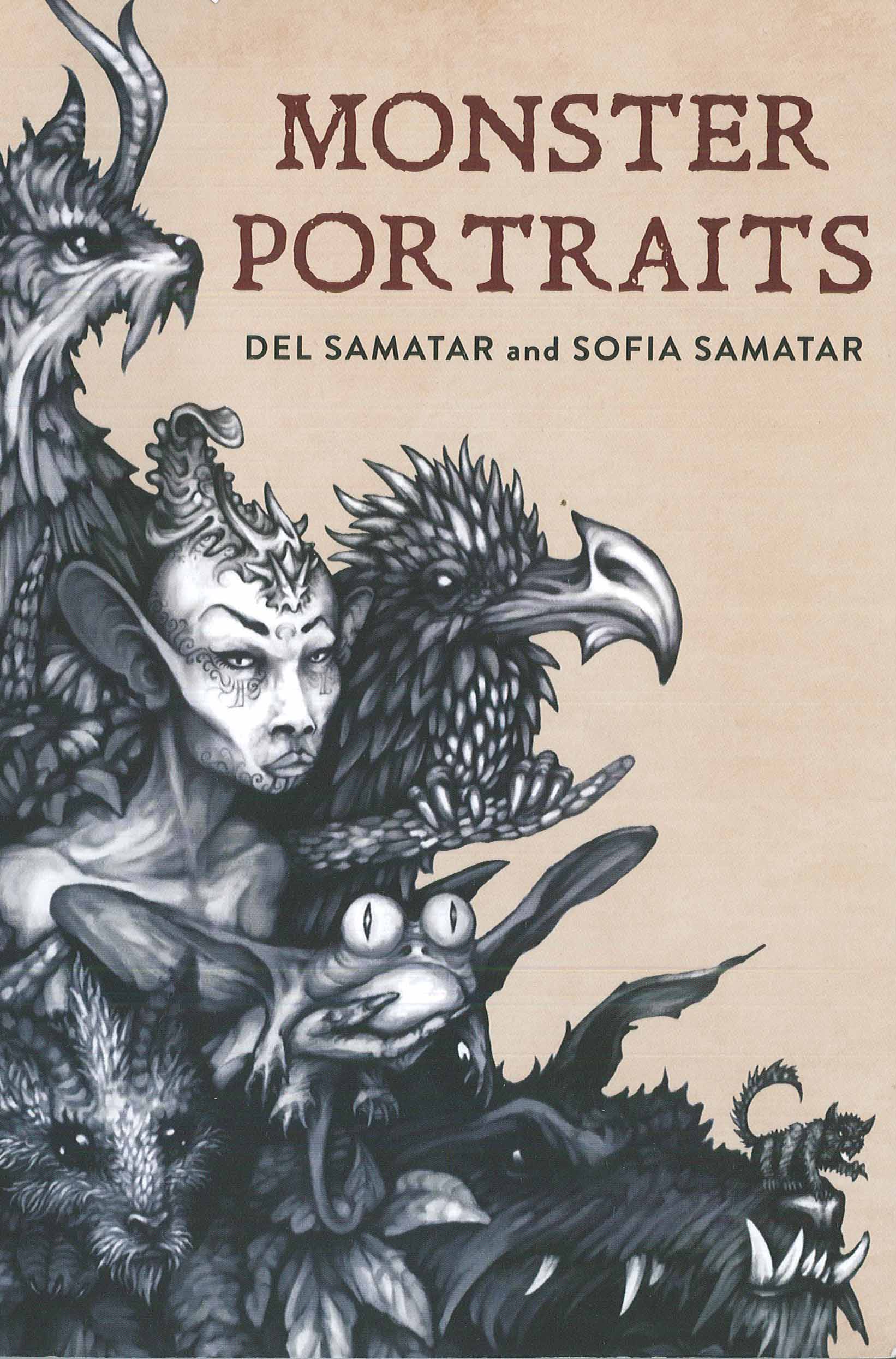
“The Arab of the Future 3: A Childhood in the Middle East, 1985-1987,” by Riad Sattouf. Metropolitan Books. Aug. 2018. Translated from French by Sam Taylor. 160 pp. Paper, $27. Adult.
Thanks to Better World Books, 215 S. Main St. in Goshen, for providing me with books to review. You can find or order all of the books I review at the store.
Many readers who love humor have a tendency to condescend to it, to see it as superficial. Franco-Syrian comics artist Riad Sattouf, however, dismisses this stereotype. “It’s very easy to make a drama. I prefer to make something funny out of a drama,” he told The Guardian in 2016, after the release of the first volume of his five-part series, “The Arab of the Future.” “I think sad things are easier to accept and are even sadder when they’re told with humour.”
A rich and wrenching graphic memoir of Sattouf’s childhood, “The Arab of the Future” is set in Libya, small-town Syria, and France in the 70s and 80s. Sattouf packs complex emotional and historical resonance into a handful of colors and a simple-looking style. Volume three, released in the U.S. last August, hits readers full force on its first page with equal parts humor and tension:



